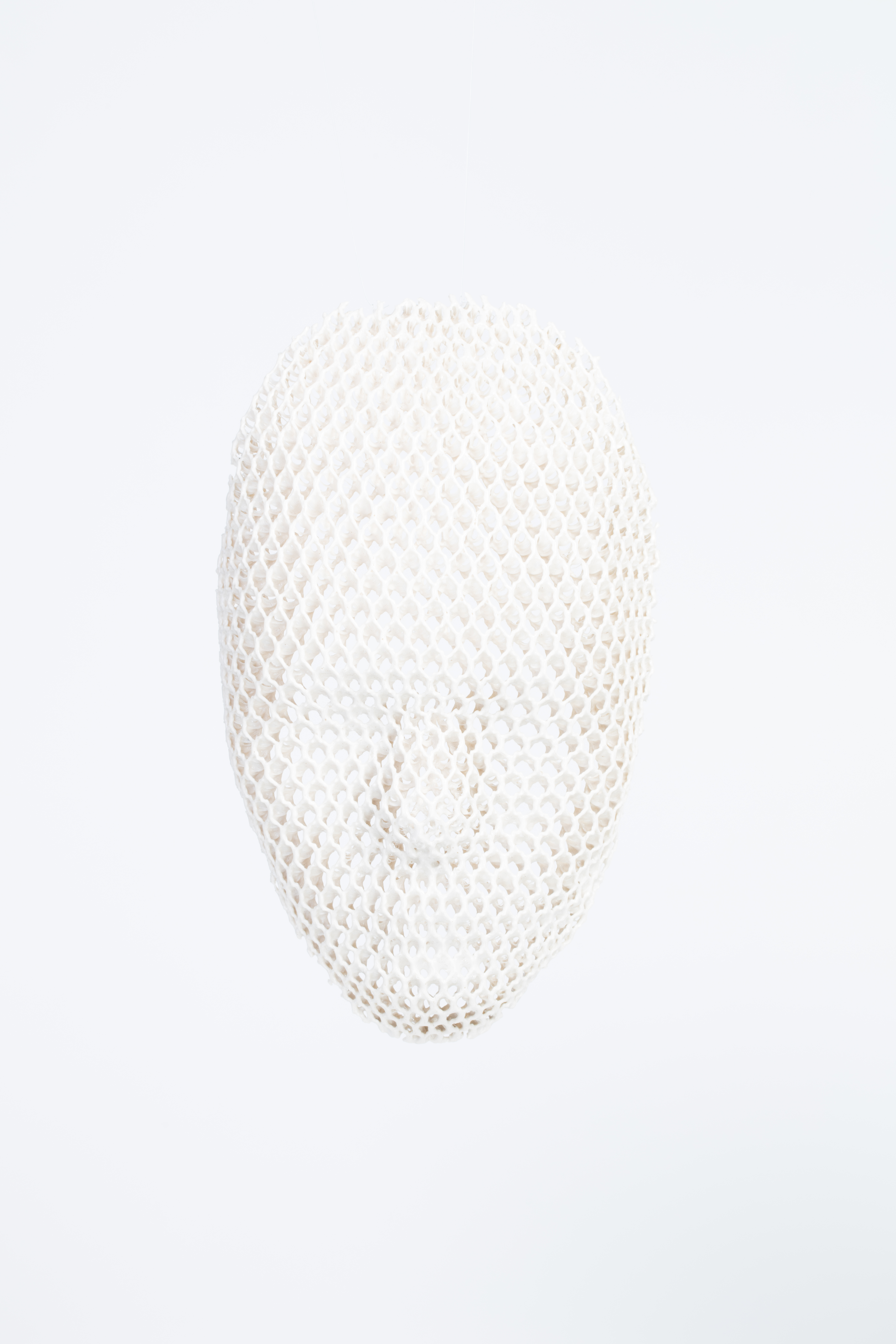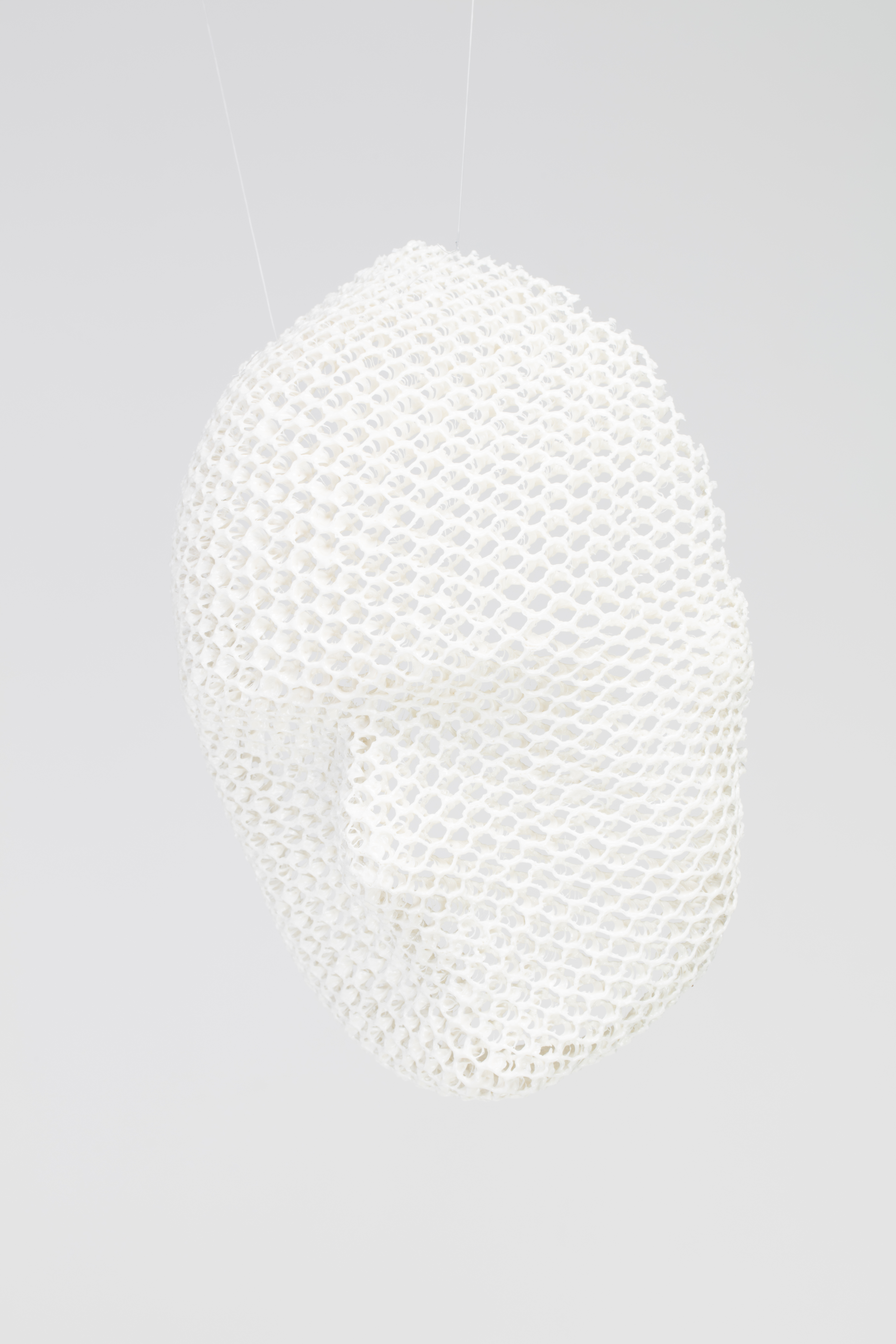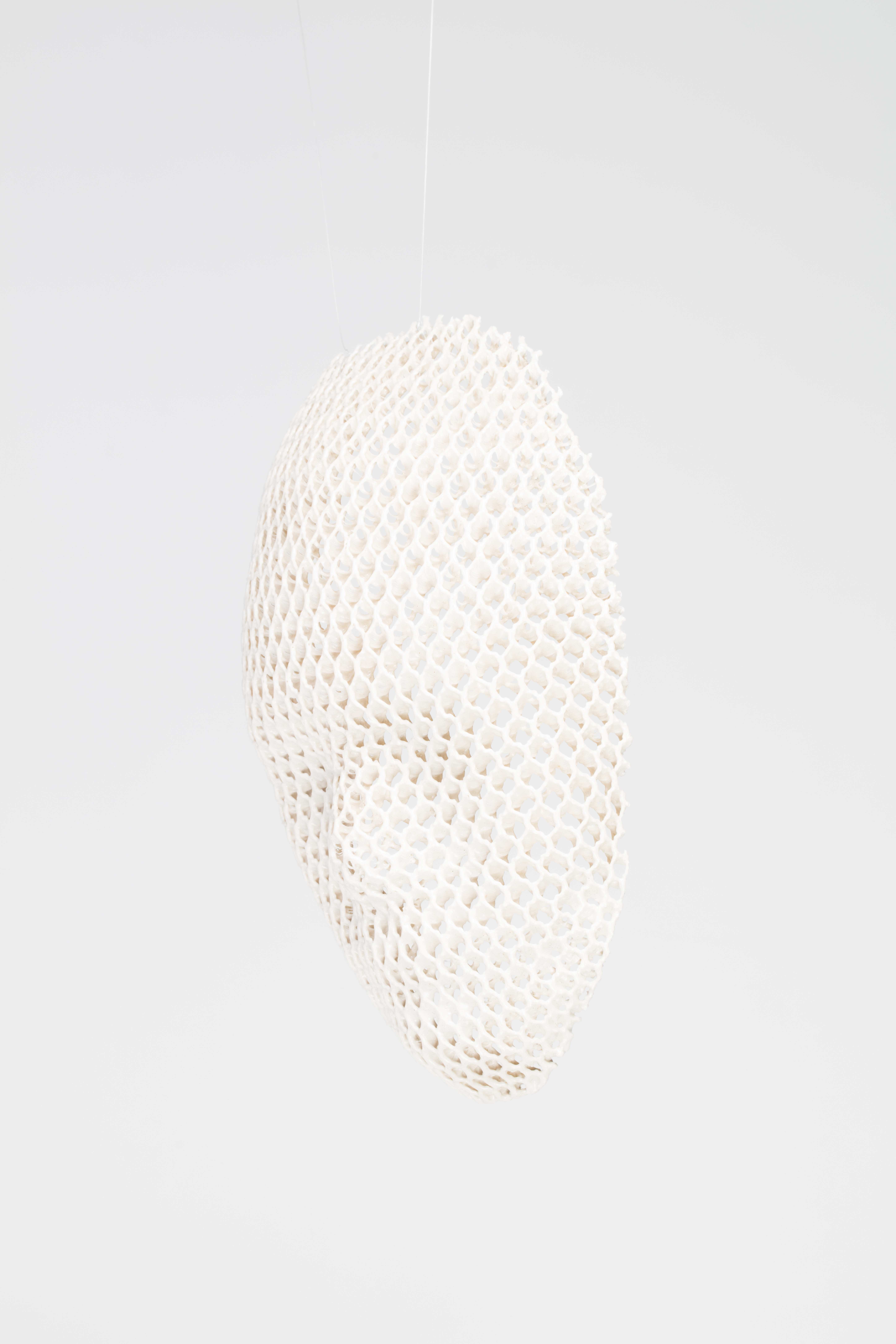Simultaneously to the work on an essay about Eileen Grays architecture first sketches for the Loungechair „TRANS“ evolved. The typology is influenced by the specific term “style camping” coined by Gray in 1927, when she built her first house E 1027 including the adequate furniture in Roquebrune- Cap- Martin.
Centerpiece of the Loungechair TRANS are the specially developed wooden joints, which were milled multilateral with a „KUKA KR120 R2500 “ robot, whilst being finished and glued manually. Due to the geometry of the used milling tools, which logically inform the formal appearence of the furniture a very short milling time for each single part is resulting. The parametrically programmed milling process is the only production step which is not performed manually by craftsmen and -women.
The implementation of robotic fabrication and automation is significantly rising from the automotive industry to porcelain production or even smaller businesses, such as joineries or the carpentry business.
This ongoing shift towards partially outsourcing craftsmanship has to be considered from the very first sketch on, long before the production comes into play.


MUSEUM OF APPLIED ARTS, BLICKFANG, 2020
photographs © Thomas Steineder

DESIGNMONAT GRAZ, 2019

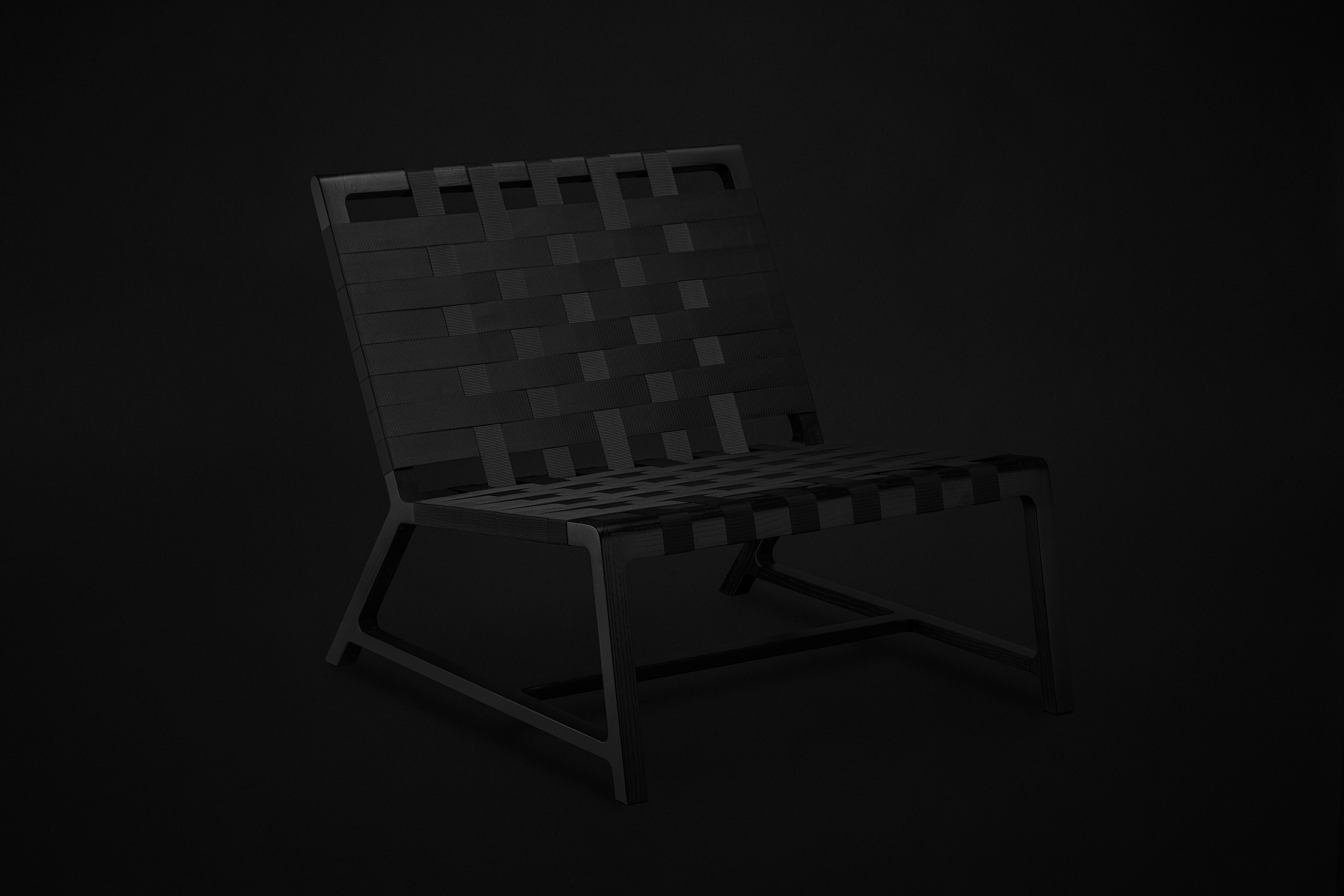
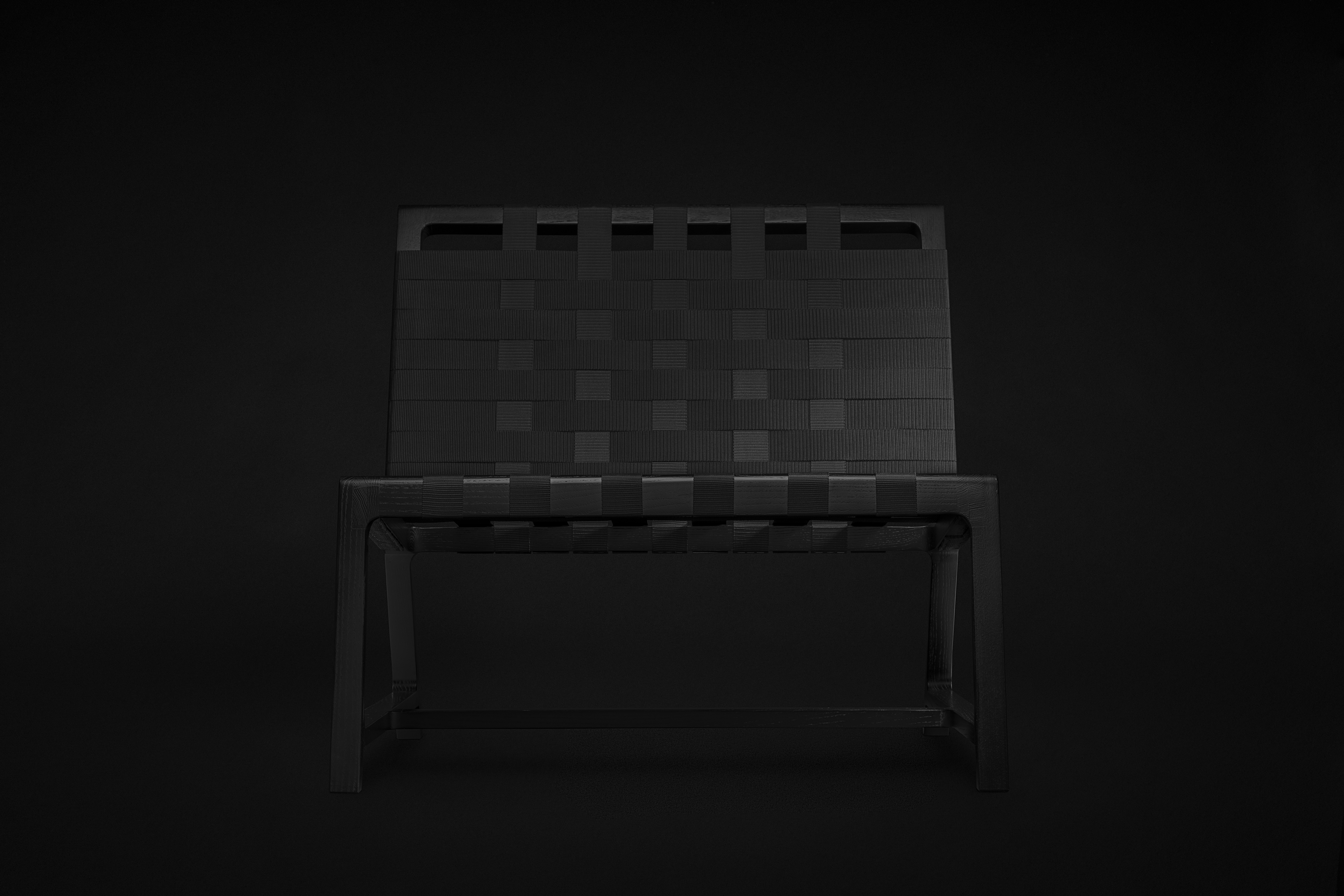
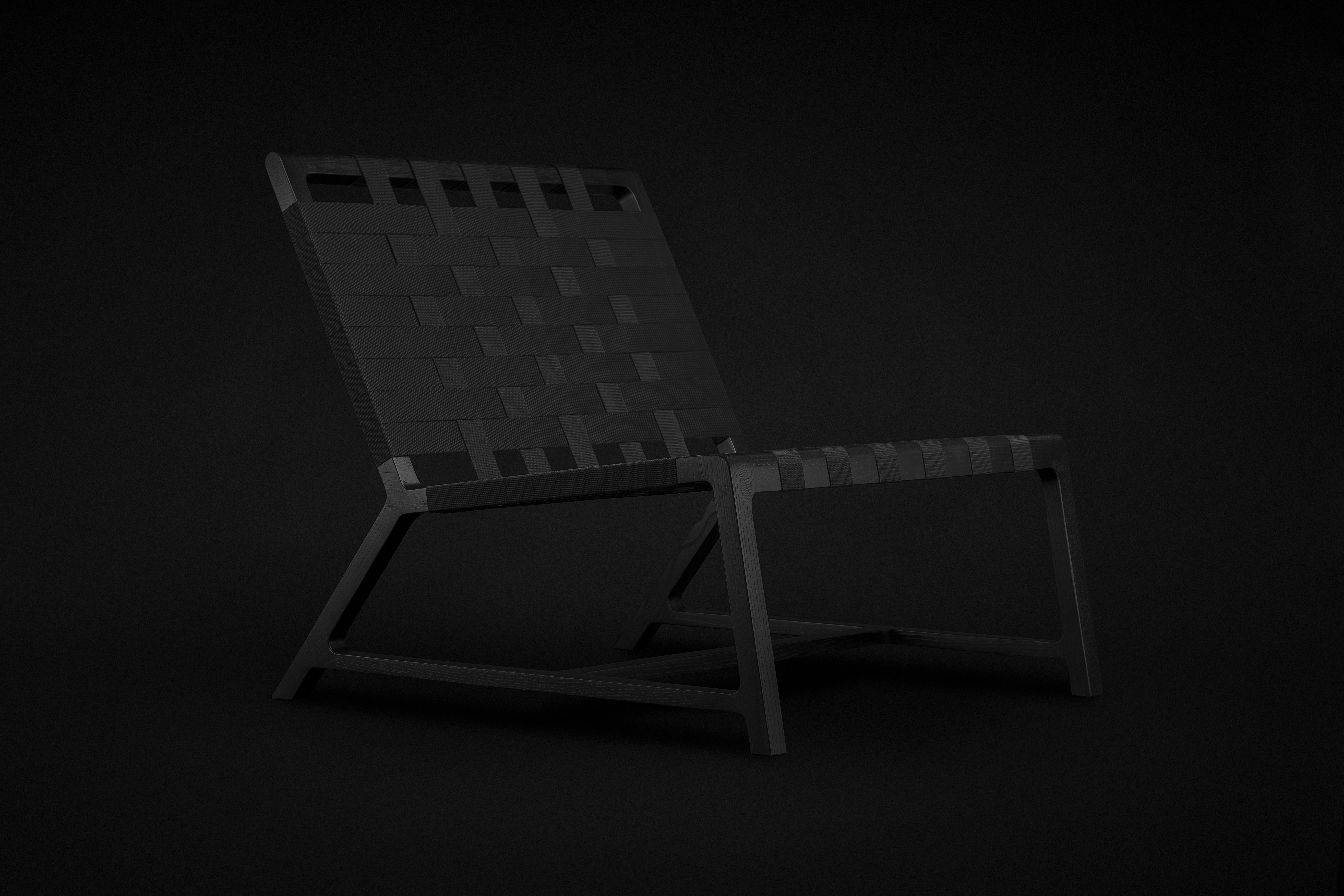

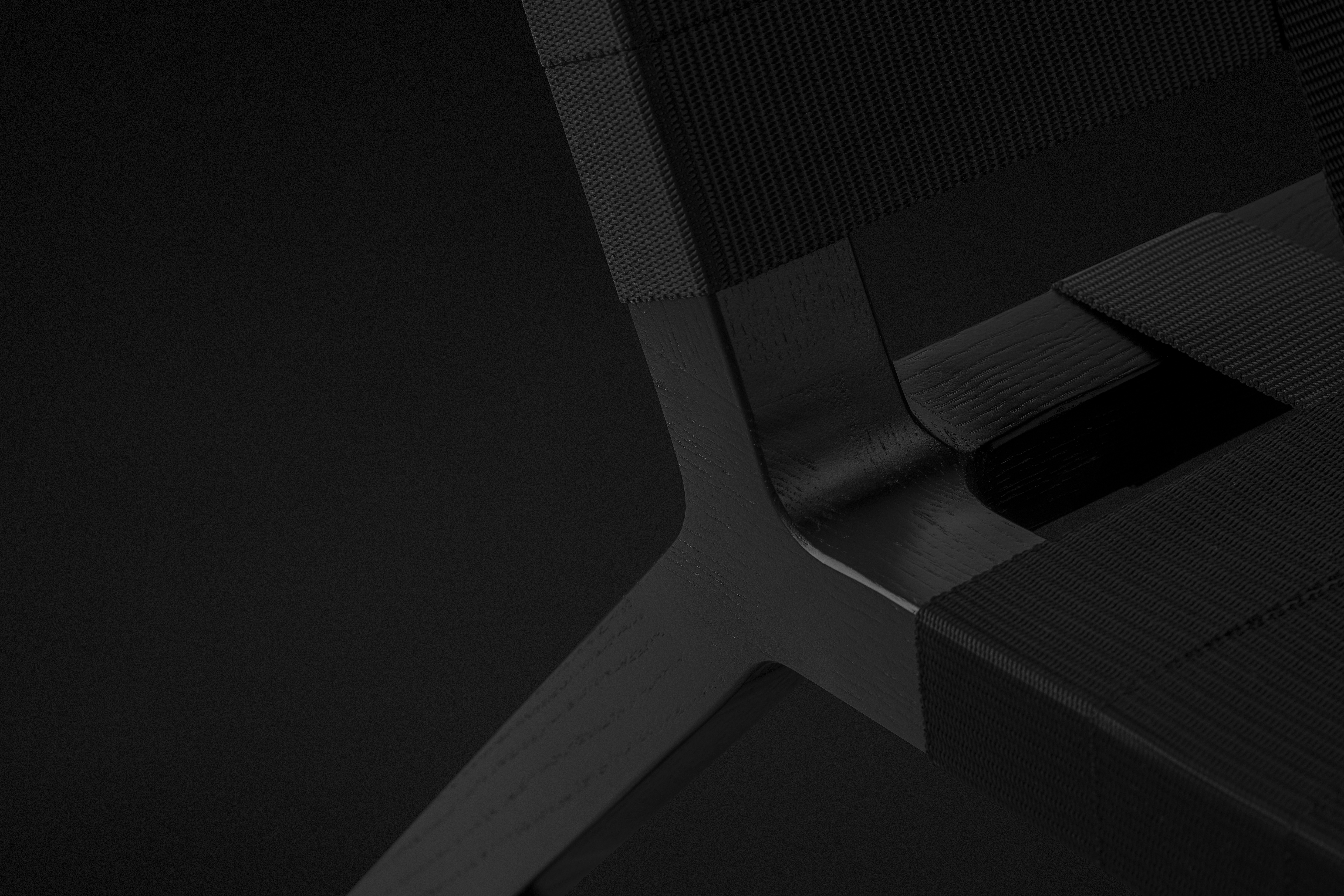
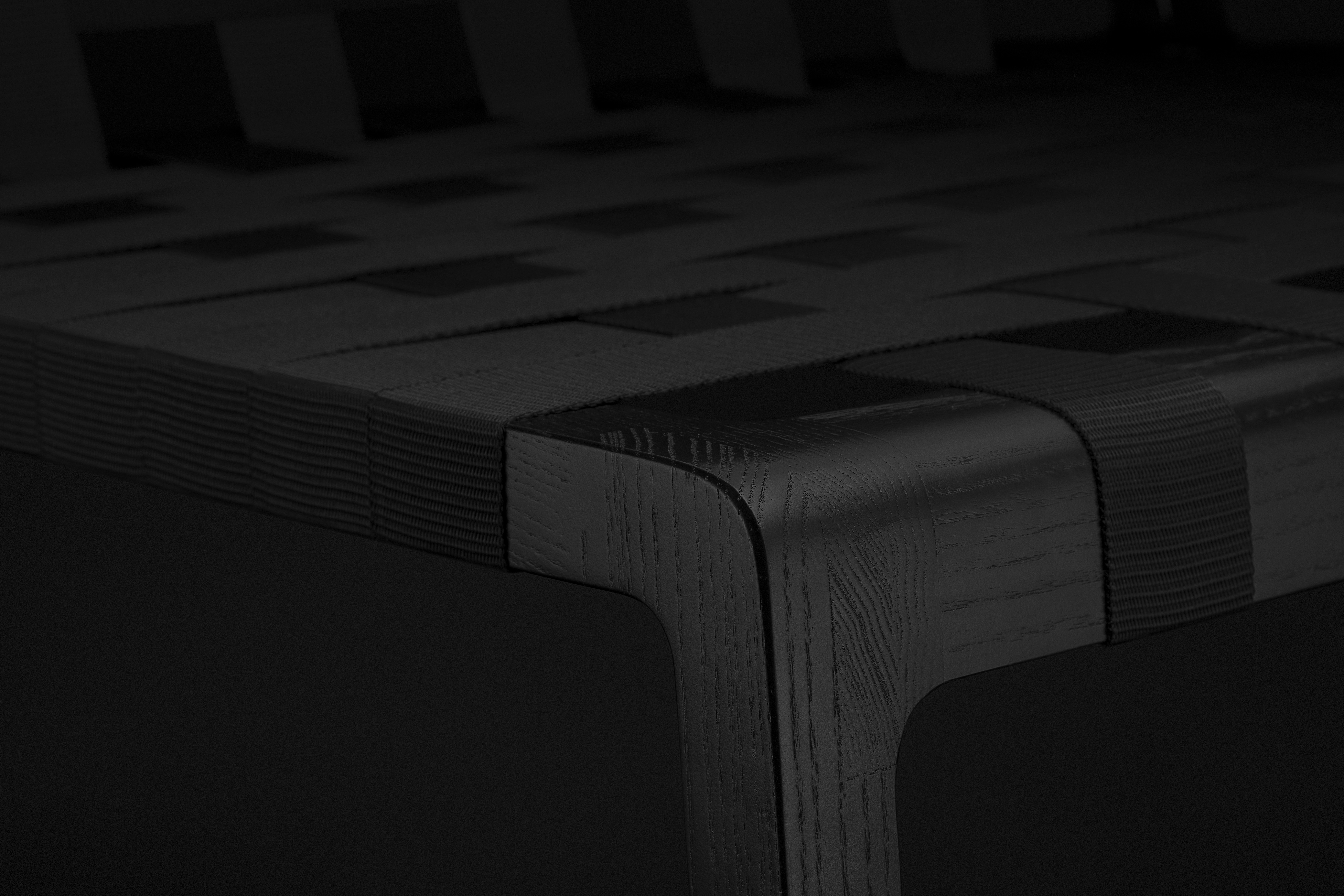
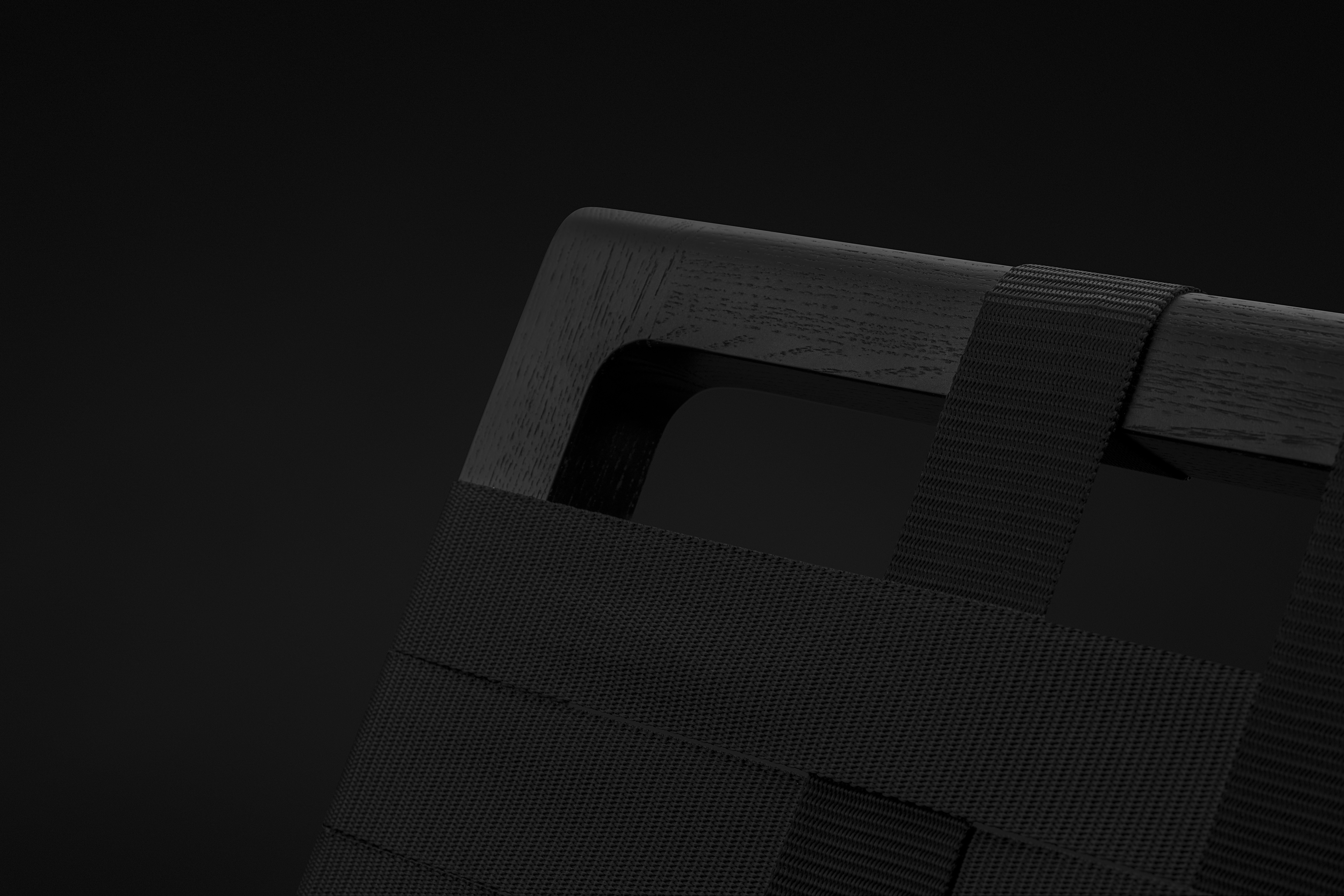
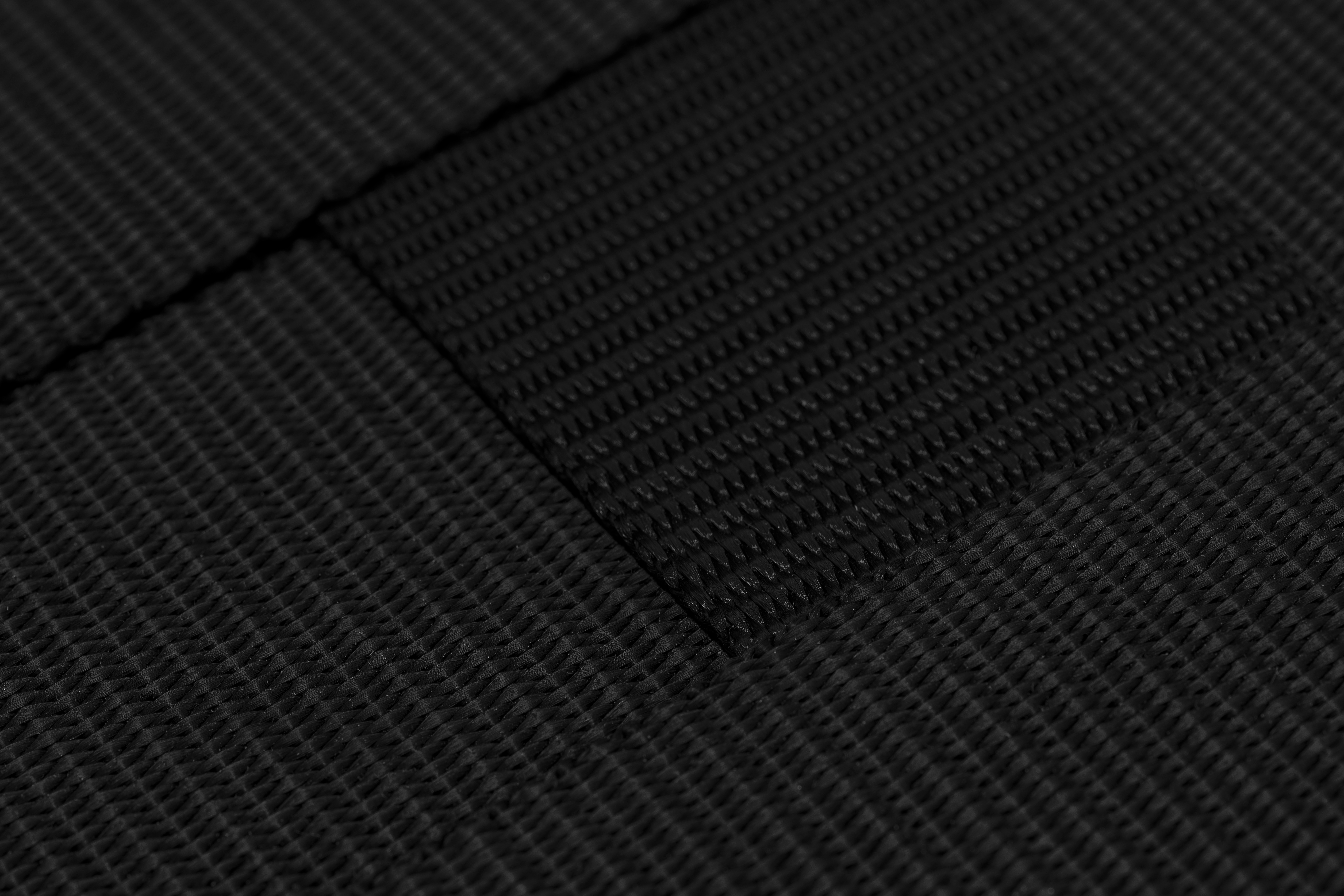

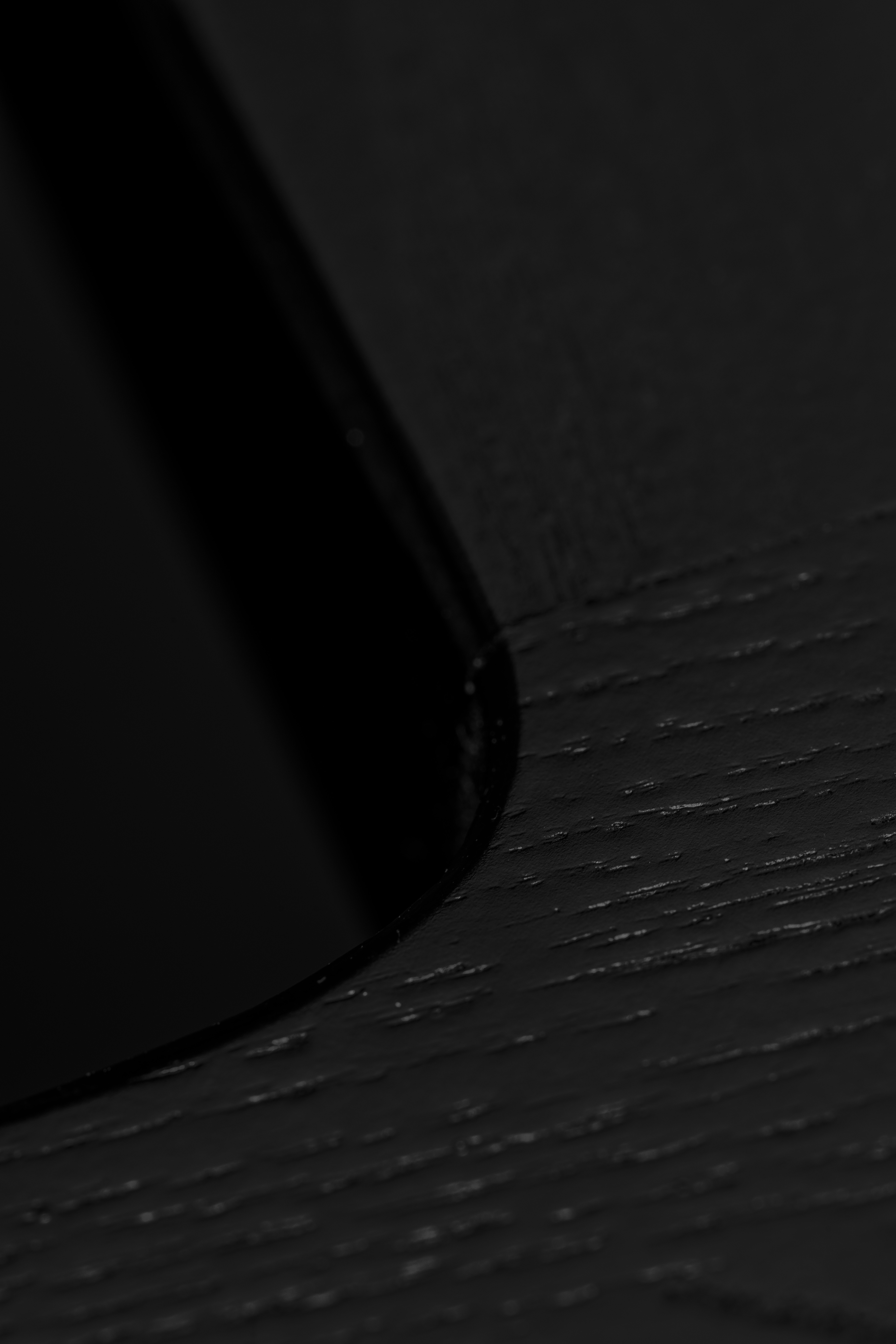
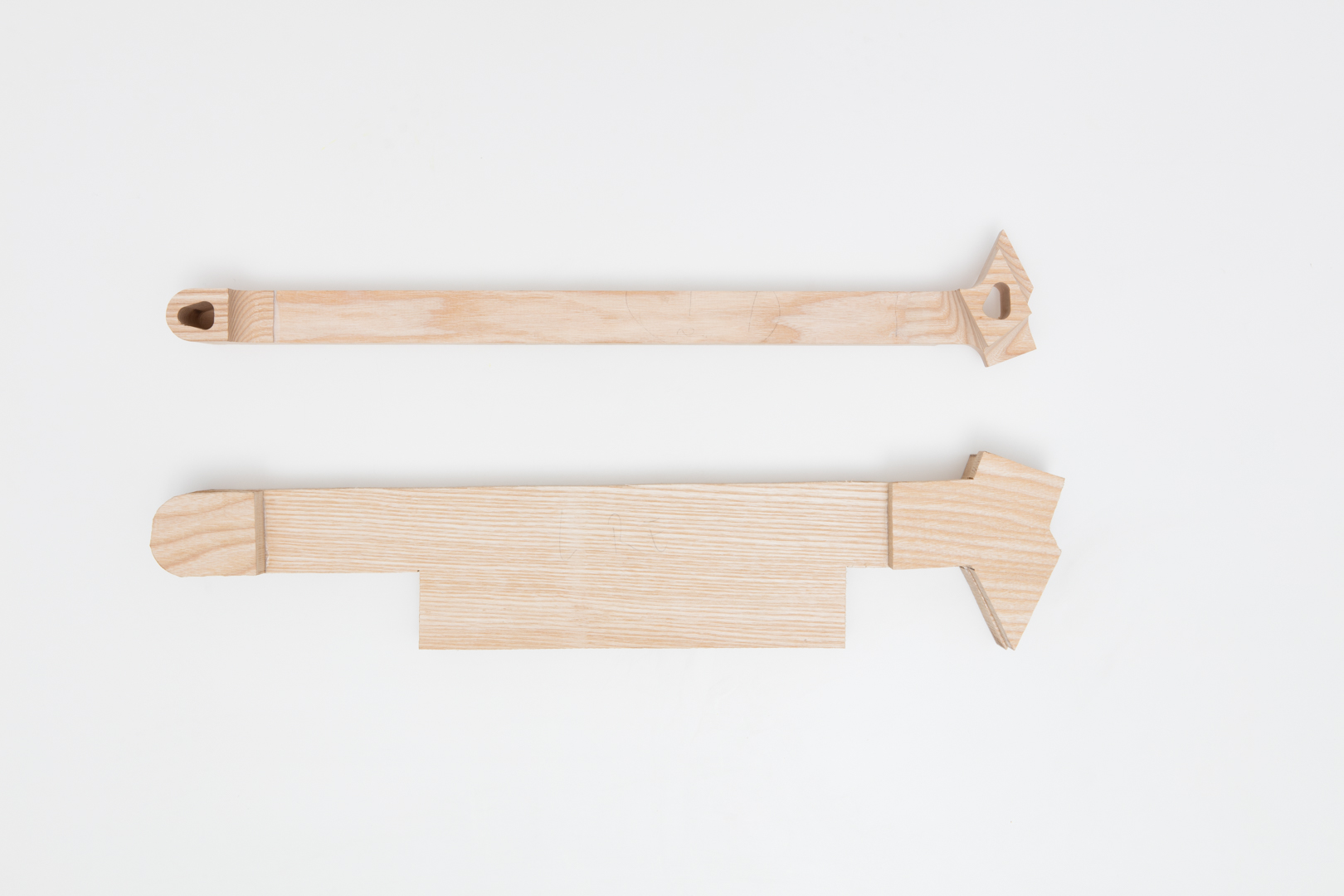
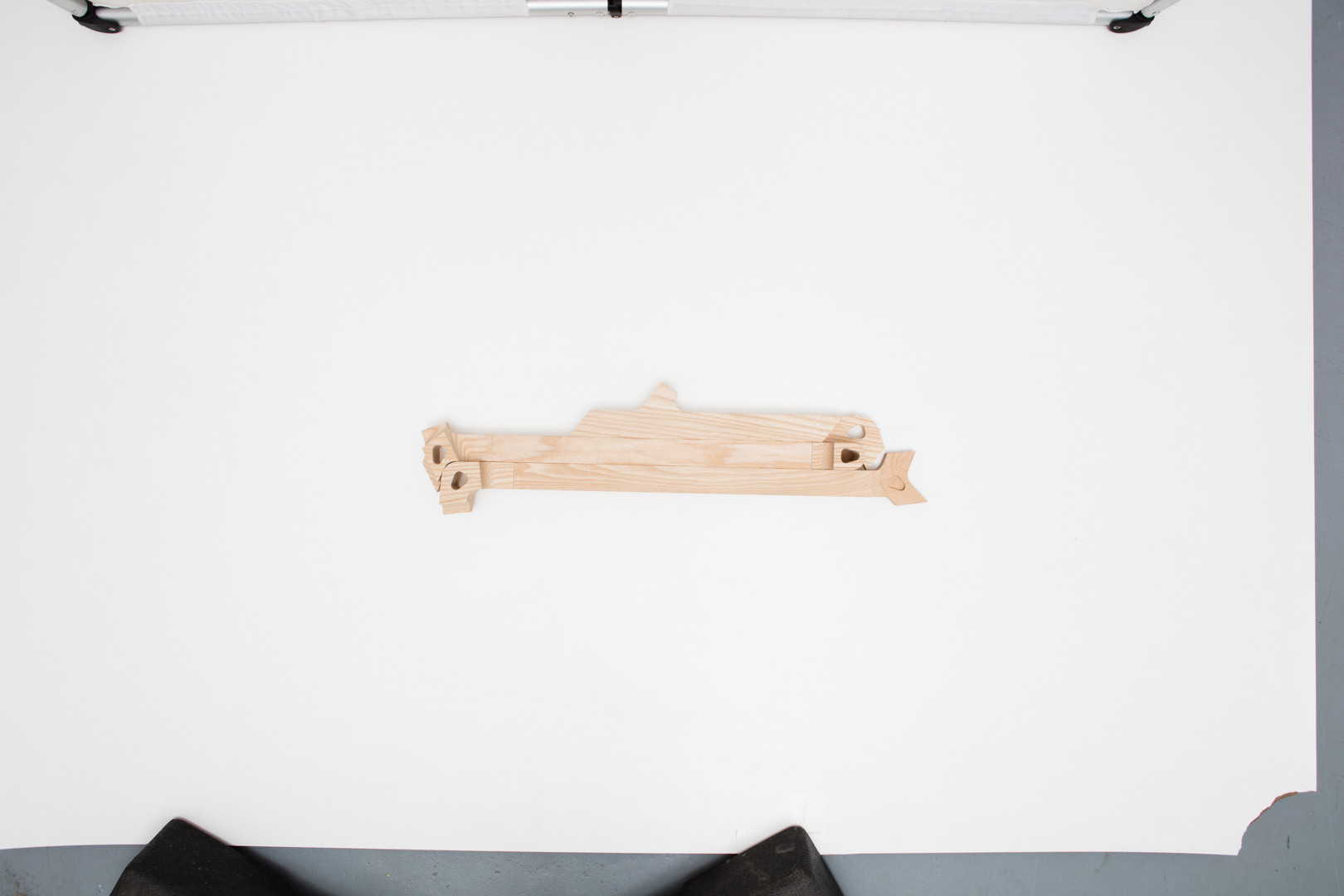
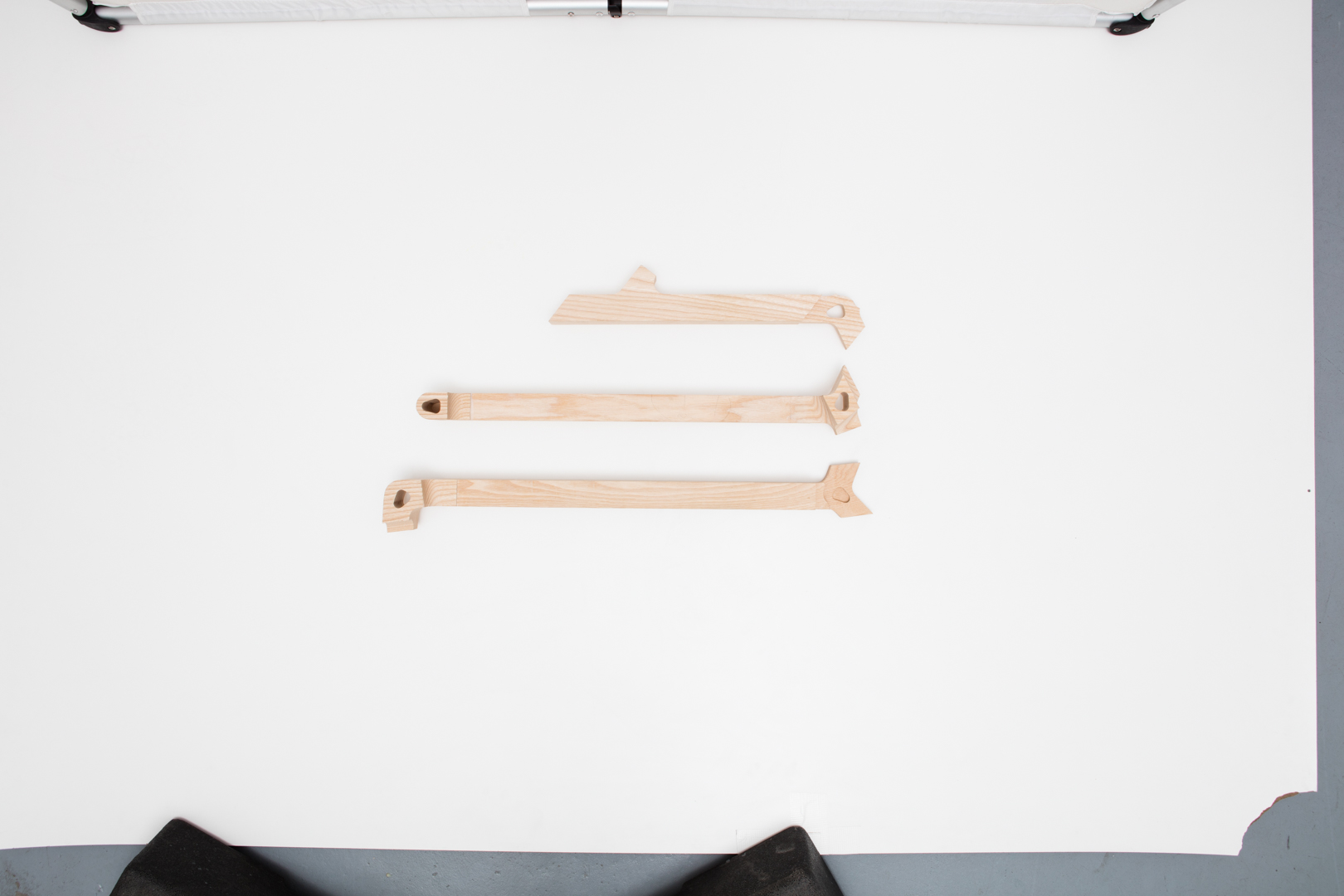
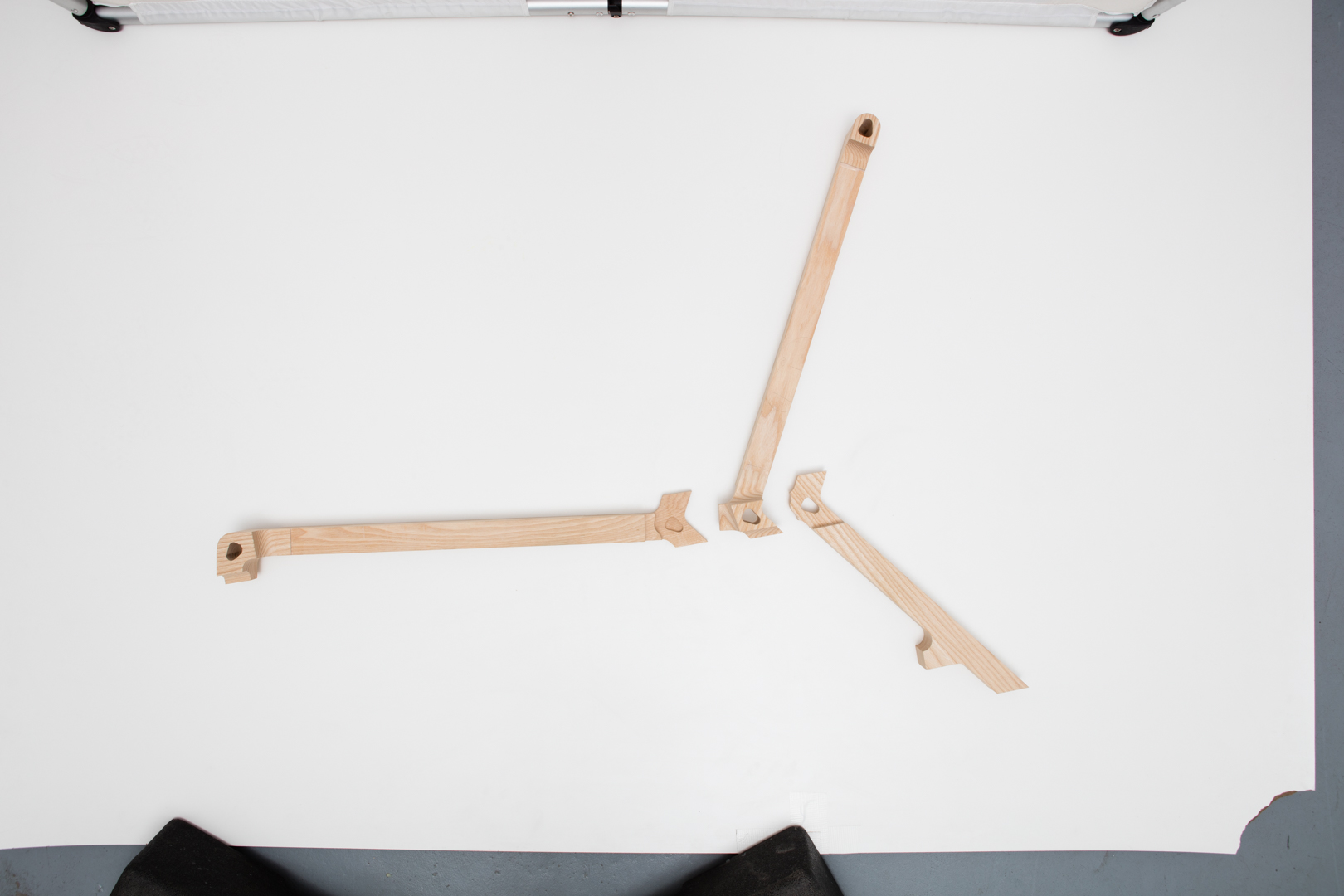
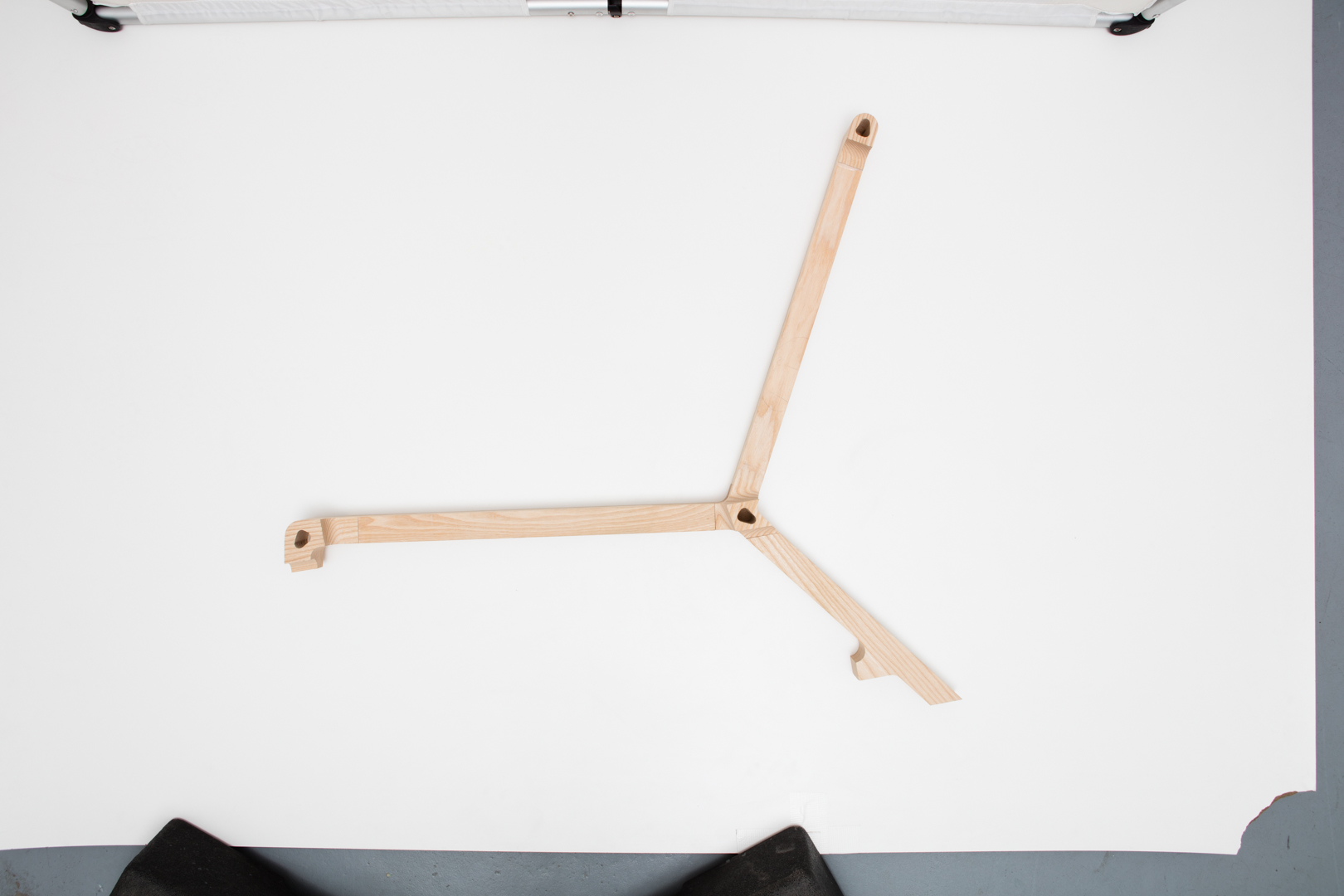






photographs black on black by Alexander Firmberger









